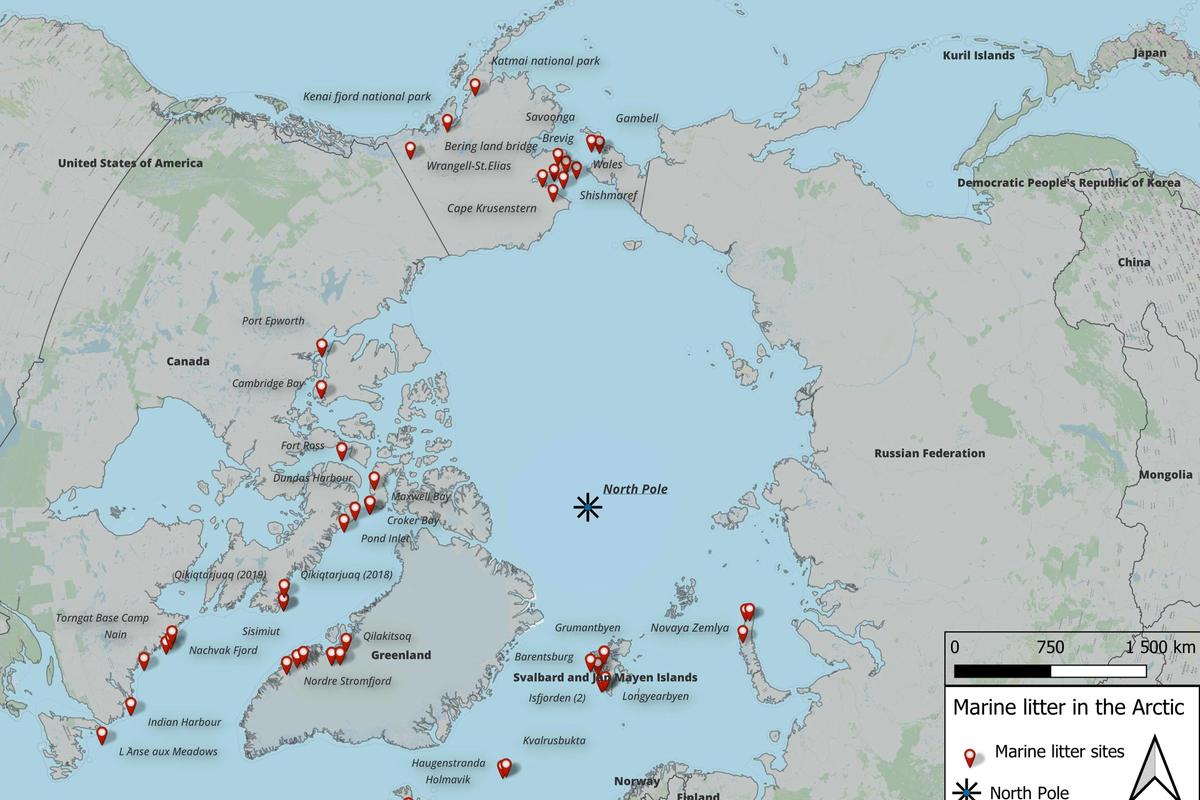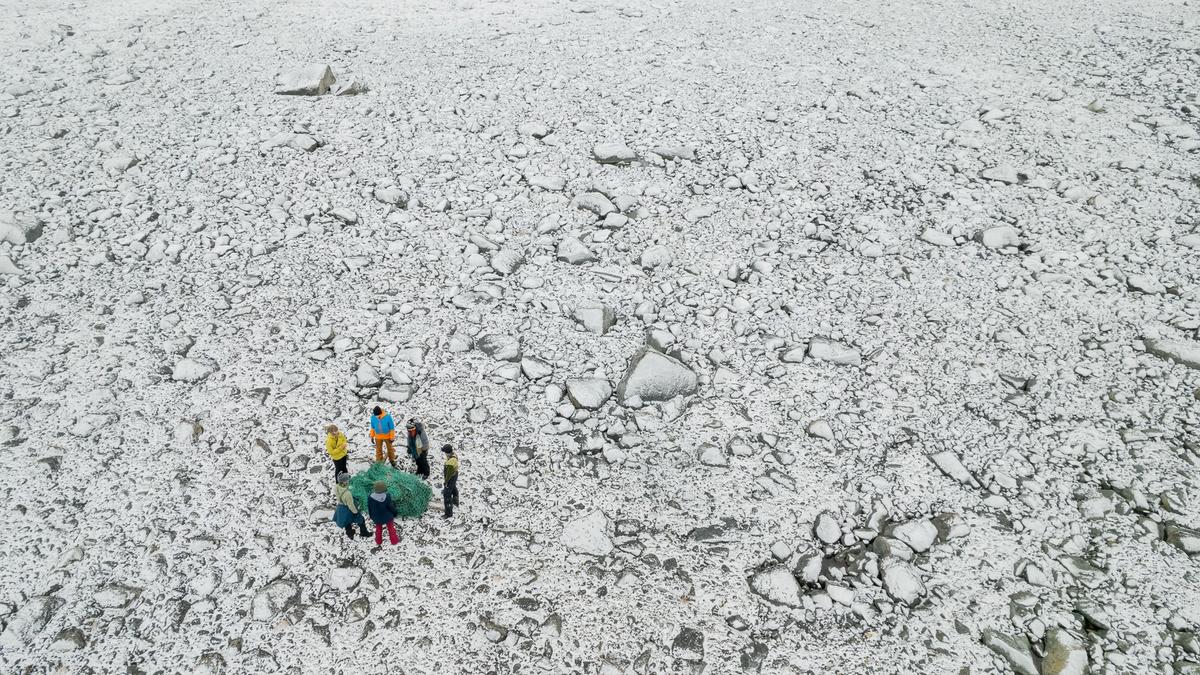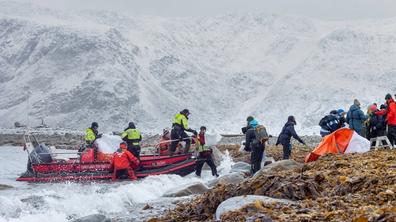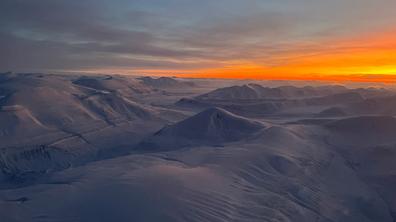Litter on the beaches in some areas of the Arctic is extensive, and found far from where people live. Where does beach litter come from?

"I was seeing more and more plastic on the beaches we visited, particularly Kapp Mitra and Forlandet, up towards Danes Island. It occurred to me that the increasing amount of plastic along the coast could also correlate to an increased amount of plastic in fulmars. In 2013, we found 15 or 16 plastic particles in every bird we examined. I was shocked and realised that it was time to wake up - the ecological consequences of marine litter are serious.”
Geir Gabrielsen, Norwegian Polar Institute
What do we know about the plastic in the Arctic?
Since 2013, knowledge and awareness that plastic is a widespread global environmental problem has escalated. However, the problem has not decreased as knowledge has increased. The Arctic is a geographical area with a low population density but high levels of activity, which is likely increasing due to maritime industries such as fishing and shipping.
As the global trend shows that land-based litter is the greatest source of plastic in the sea, an area such as the Arctic, where large geographical areas are uninhabited and the population density is low, should have low levels of litter. Unfortunately, there is a lot of litter on the beaches in certain areas of the Arctic, a long way from where anybody lives.
In 2019, the Arctic Council’s working group Protection of the Arctic Marine Environment (PAME) published the Desktop Study on Marine Litter including Microplastics in the Arctic, which was the first and most comprehensive study on the status and effects of marine litter in the Arctic at the time. Some of the key findings were as follows:
- There is limited data on the occurrence and sources of macroplastic litter in the Arctic.
- Based on available analyses, 50-100 per cent of the macroplastics along the coast and on the seabed originates from fishing-related activities.
- OSPAR data from 17 locations in the Arctic indicates that there are seasonal variations in the occurrence of litter and the average number of items found per metre of beach is higher during the spring than in the summer. 94% of registered items were plastic.
Plastic and ocean currents to the north
According to the extensive research article Plastic pollution in the Arctic (Bergmann et al.), plastic can make its way to the Arctic from afar via ocean currents. The plastic floating on the surface is carried to the Arctic from Europe via the ocean currents moving north through the northeastern Atlantic, while a more modest amount can make its way through the Barents Sea to the west. We know less about how plastic moves within the Arctic, as there is insufficient data available. However, there is plenty to indicate that there are more microplastics on the Atlantic side of the Arctic and towards the east than there is on the Pacific side to the west.
In other words, ocean currents mean that plastic is able to travel across large areas. Macroplastics can accumulate over a relatively short period of time if circumstances allow. The fact that plastic recognises no national borders is also well illustrated by the PAME Plastic in a Bottle project, in which it is possible to monitor capsules that have been released into the sea from various locations in order to see how they move around the North Atlantic.
Much of the plastic found on Arctic beaches originates from regional activities
Plastic can make its way to the Arctic from areas far away, but there is also plenty to indicate that the plastic found on beaches originates from regional activities. In the study Potential sources of marine plastic from survey beaches in the Arctic and Northeast Atlantic (Strand et al.), data on weather, waves and ocean currents were used to develop a model that can predict where the litter in the Arctic originates from. The estimates were compared to the beach litter findings recorded on OSPAR beaches in Norway and on Svalbard. The comparison shows that it is probable that much of the litter cleared from Arctic OSPAR beaches originates from regional fishing activities. The authors behind the research article Plastic pollution in the Arctic also note that local sources of litter largely include maritime activities such as oil and gas extraction, aquaculture and shipping in the form of tourist and fishing activities, but that some litter also originates from land.





